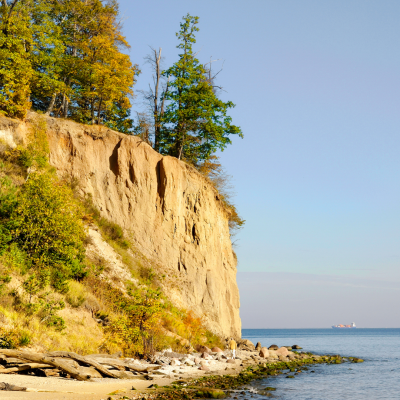
Baltic Sea - start here
The Baltic Sea – basic information
The Baltic is a young, quite shallow, semi-enclosed sea with low salinity. Some could say: boring! But we say: unique, on a global scale!
The Baltic Sea is one of the largest brackish water bodies in the world. It is connected with the North Sea only by three narrow Danish Straits: the Øresund, the Great Belt and the Little Belt. The water exchange with the North Sea is very limited and this fact largely influences the specificity of the Baltic. Specificity that makes it a very unique ecosystem on a global scale.
Øresund or Öresund strait (commonly known in English as the Sound) and the underwater threshold at a depth of 18-20 m constitute the western border of the part of the Baltic Sea known as the Baltic Proper. Øresund, along with the Great Belt, the Little Belt and the Kiel Canal, are the four waterways connecting the Baltic to the North Sea (via Kattegat and Skagerrek). From the north, the Åland Islands form a natural border of the Baltic, seperating the part called the Bothnian Sea, which narrows into the northernmost Gulf of Bothnia. In the east of the basin, the Gulf of Finland and the Gulf of Riga are also clearly distinguished.
The area of the Baltic is approx. 415.266 km² and its catchment area covers 1.721.233 km².
The catchment area is therefore 4 times higher than the area of the sea basin.
The coastline of the Baltic, measuring 8.100 km, is very varied. The Polish coast is characterised by sandy beaches, peninsulas, bays and some high cliffs. In the north, there are pebble beaches and beautiful skerry coasts, composed of small islands formed as a result flooding of hilly glacial land.
Different types of Baltic coasts: sandy beaches, cliffs, skerry coast.
The average depth of the Baltic Sea is only 52 m, so it is a very shallow sea. Its deepest points are: Landsort Deep - 459 m, Erland Depth - 405 m, Bothnian Deep - 294 m, Gotland Deep - 250 m, Gdańsk Deep - 118 m. Read more about the Baltic HERE.




